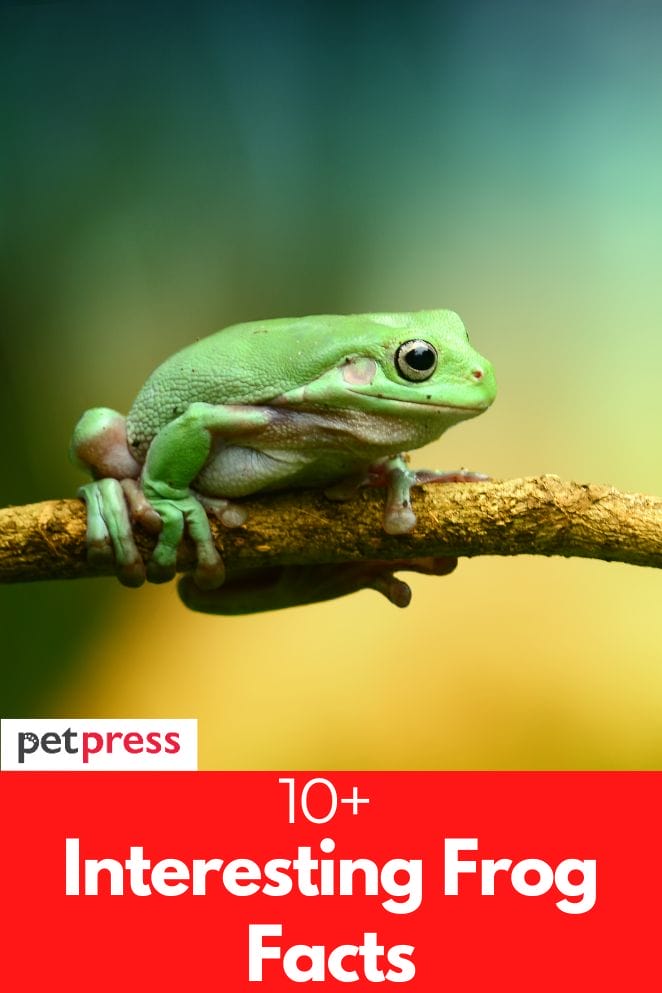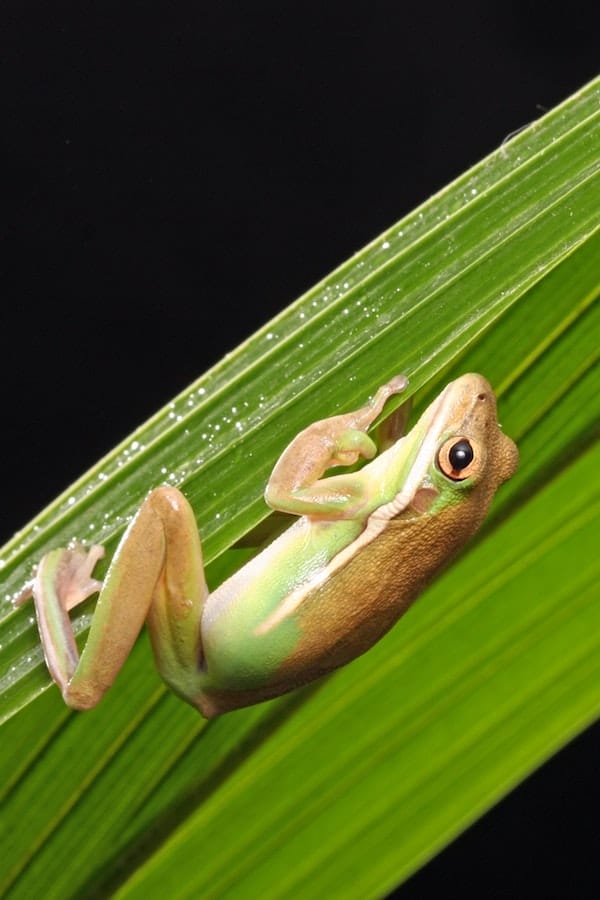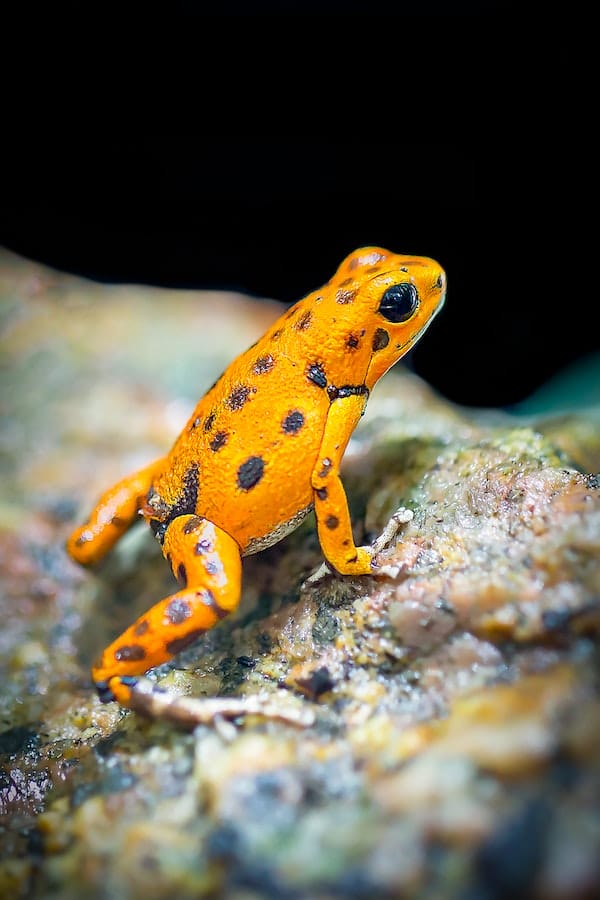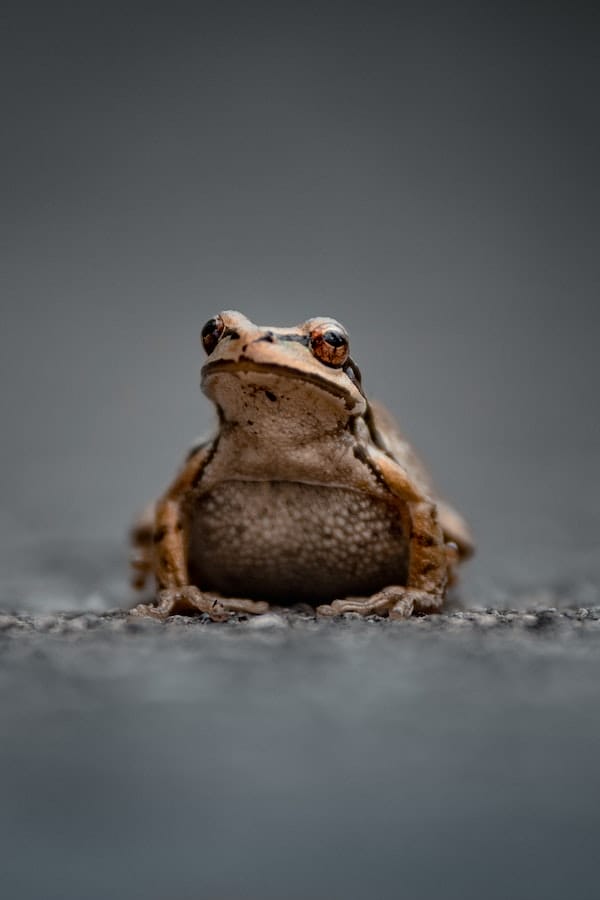
Frogs have been around for millions of years and are fascinating species.
They come in many shapes, sizes, and colors and can be found on every continent except Antarctica.
Frogs have unique physical features that make them well-adapted to living in water or on land and they play an important role in the ecosystem.
Here are some interesting facts about frogs that you may not know.
Fact #1: There are over 6,000 species of frogs.
From the tiny, colorful poison dart frogs of Central and South America to the giant Australian bullfrogs, there are an incredible 6,000 species of frogs found across the world.
Frogs vary greatly in size, coloration and behavior, making them one of the most diverse groups of vertebrates on Earth.
Many frog species are specialized for life in water or on land, while some are adaptable to both environments.
Some frogs have even evolved special skin secretions that protect them from predators.
With so many species of frogs, it is no wonder they are found nearly everywhere on Earth!
Fact #2: Frogs don’t drink water.
Frogs have a fantastic adaptation that allows them to get the water they need without actually drinking it. Instead, frogs absorb most of their moisture through their skin by osmosis.
This means that as long as a frog’s skin remains moist, it can get most of the water they need without actually drinking it.
However, drinking is still important to frogs as they sometimes come out of their ponds and pools to eat or find new habitats.
Fact #3: Frogs have exceptional hearing.

Frogs have very keen hearing abilities due to their unique inner ear structure.
They can hear sounds from much farther away than humans can and they have the ability to detect vibrations in the water as well.
This makes them excellent predators since they can hear both their prey and any approaching predators.
Frogs also have a great sense of smell, which helps them find food at night or in murky waters.
Fact #4: Frogs live on every continent except Antarctica.
Frogs are one of the few animals that can be found on all 7 continents! They thrive in warm climates, but they also live in colder areas as well.
Frogs have even adapted to life in deserts and mountains.
It is thought that frogs were some of the first creatures to come out of the water and inhabit the land.
Because of this, they have been able to spread across the world and colonize nearly every continent except Antarctica.
Fact #5: Frogs are amphibians.
Frogs are amphibians, meaning that they can live both in the water and on land. To do this, frogs have special adaptations that allow them to survive in both environments.
For example, their skin is very absorbent, which allows them to take in oxygen from the air and water.
They also have specially adapted legs with webbed feet that let them swim quickly and efficiently in water.
On land, their long legs allow them to jump long distances very quickly.
Fact #6: Frogs are essential indicators of environmental health.
Frogs play an essential role in the environment by helping to keep ecosystems in balance. Frogs have sensitive skin, so they can be affected by environmental changes.
As a result, frogs can act as indicators of environmental health and are used to monitor the health of wetlands and other habitats.
The decline of frog populations is often an indication that something is wrong with the environment and Humans should take steps to protect them.
Fact #7: Most frogs lay their eggs in water.
Most frogs lay their eggs in water and the tadpoles that hatch from these eggs develop into adult frogs.
Frogs usually lay hundreds of eggs at once, which helps ensure that some survive to adulthood despite predation or other hazards.
The egg-laying process can vary greatly between species; some frogs lay their eggs on land, while others attach them to plants in the water.
The tadpoles then develop lungs and legs so they can begin living on land, eventually transforming into adult frogs.
The process takes several weeks to several months, depending on the species.
- Related post: Best Ideas For Naming Your Pet Frog
- Related post: Why do frogs croak: The Science Behind It
Fact #8: Frogs are an important food source for many predators.

Frogs are an important food source for many predators, including birds, mammals, snakes, and other frogs.
Frogs are also part of the diet of some species of fish and aquatic insects.
In turn, these predators help to control the population of frogs in an area and keep them from becoming too numerous.
This helps maintain a balance between frogs and their predators, ensuring the ecosystem is healthy.
Fact #9: Frogs are disappearing from some parts of the world.
Unfortunately, frogs face increasing threats due to habitat destruction, pollution, and climate change.
These threats are causing many species of frogs to go extinct or become endangered in some areas of the world.
Humans need to take steps to protect frogs and their habitats, ensuring that they will remain a part of the planet for generations to come.
Fact #10: Some frogs can live up to 15 years!
Frogs can live remarkably long lives, with some species living as long as 15 years.
The average lifespan of most frog species is much shorter, however, lasting between one and three years.
Even so, frogs are relatively long-lived animals considering their small size.
Fact #11: Some species of frogs give birth to live young instead of laying eggs.
While most frogs lay eggs that hatch into tadpoles, some species of frogs give birth to live young instead.
This is known as viviparity and it is seen in some species of frogs in Australia, South America, and North America.
These frogs carry their developing offspring inside until they are ready to emerge.
Viviparity helps the young frogs avoid predators in the environment and gives them a better chance of reaching adulthood.
Fact #12: Frogs have webbed feet that help them swim and jump well.
Frogs are well adapted to living in water and on land.
They have specially adapted feet with webbing that helps them swim quickly and efficiently in water.
On land, their long legs give them the ability to jump long distances very quickly. This helps frogs both escape predators and find food.
Fact #13: Frogs can absorb water through their skin.

Frogs have permeable skin that allows them to absorb water and breathe air directly through it.
This is an adaptation that helps them stay moist even in dry environments. Frogs also use their skin to absorb environmental nutrients, which can supplement their diet.
Fact #14: Most frogs are nocturnal.
Most frogs are nocturnal, meaning they are active at night and sleep during the day. This helps them avoid predators in their environment, as well as look for food without being seen.
During the day, most frogs will hide in cool and moist places, such as under rocks or logs, to conserve energy and stay safe.
Overall, frogs are fascinating creatures that play an important role in their ecosystems.
They have adapted to survive in a wide variety of environments, from swamps and streams to deserts and mountains.
By continuing to learn more about these amphibians, we can better protect them and ensure they remain part of our world for many years to come.


GIPHY App Key not set. Please check settings